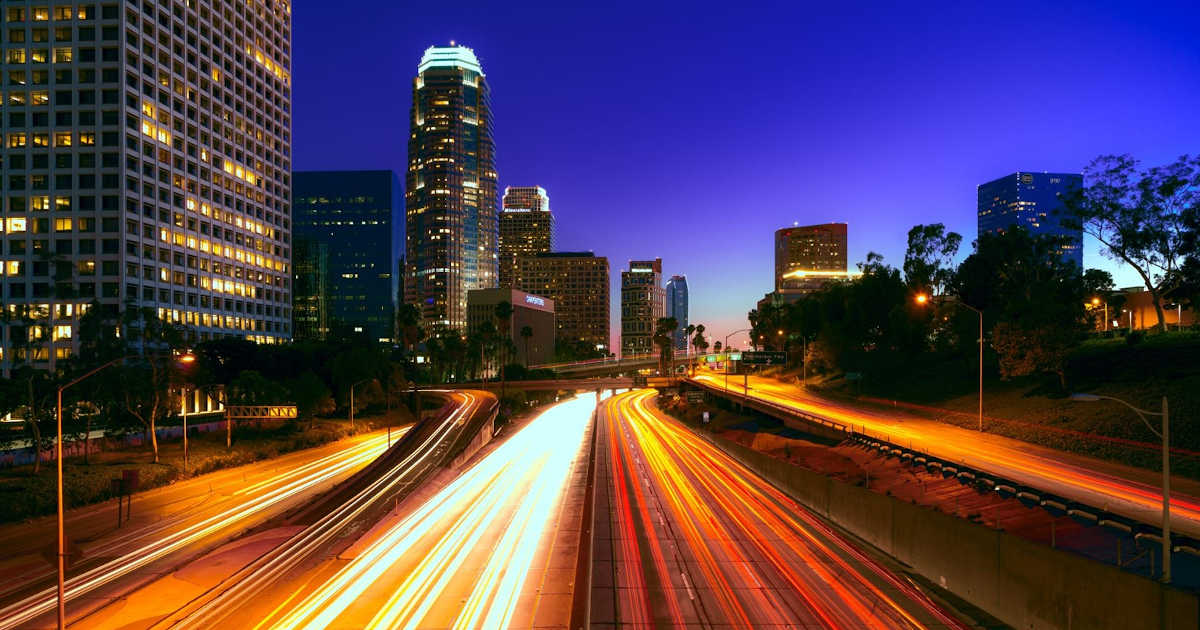How to Maximize Every Dollar Invested in Public Transit Infrastructure

To face environmental, social and economic challenges, we will have to make responsible choices
The financing of major public transportation projects raises issues that must be put forward and publicly debated. The cost of prioritized projects must be discussed on the basis of their expected results and beneficial outcomes. The fundamental, oft-neglected question is: how can we maximize every dollar invested in mass transit infrastructure?
Although each situation presents several unique factors that can strongly influence its cost, the median price of a light rail project hovers around 50-100M$/km, while a quality Bus Rapit Transit (BRT) project (ITDP Gold standard2) is in the order of 15-30M$/km.1,3,4 In other words, while a light rail network project of about 30 km would cost between 1.5 and 3 billion dollars, the price of an equivalent BRT of comparable quality could run between 450 and 900 million dollars.
At a time when society must make socially responsible choices, each public dollar invested in mass transit should maximize benefits in terms of enhancing user services and promoting a shift from private vehicle use to public transport (and subsequent reduction in GHG emissions).
Competition between rail and bus transport solutions is nothing new. In North America, the appeal of BRT has largely been spoiled by the political class. Perceiving BRT as a cheap solution, political authorities have tended to underinvest in the infrastructures and facilities required for it to flourish. On the other hand, tramway projects generally come with massive investments in the urban renewal of the neighbourhoods where they are to be deployed, enhancing their public image.
In this debate, several myths in favour of rail still need to be debunked. It is now recognized that a quality BRT service can replicate both the functionality and the attractiveness generally associated with rail services.5 Passengers perceive the comfort of BRT services as equal to that of light rail systems.3 Finally, a study6 of 21 BRT or light rail corridors in 13 North American cities shows that BRTs generate more transit-oriented development (TOD) investments per dollar than light rail systems. The perceptions to the effect that rail systems bring about more development than high-quality bus systems appear to be unfounded.
In North America, two factors have so far limited the full development of the BRT concept: i) the inadequate deployment of several projects due to an approach favouring lower costs over high quality, efficient solutions; and ii) limitations in bus capacity that make it difficult for them to provide the same level of service as rail solutions.
If the former is a question of political will, it is where the latter is concerned that we change the rules of the game. By pioneering road vehicles with capacities comparable to those of a wide range of trams, all perfectly adapted to dense urban environments, we are considerably changing the game and ushering in a new era... that of Roadtrams. We take a sustainable development approach that considers the economic viability of investments to be a fundamental criterion.
It is therefore with the objective of fuelling the debate that we are publishing our white paper entitled How to Maximize Every Dollar Invested in Public Transit Infrastructure. Read what we have to say, share it and have your say in the discussion on social media (#roadtram). As a society, we must make decisions that have an impact on decades to come. Let's make sure we decide responsibly.
Download our white paper (PDF)
__________- Getting to BRT: An Implementation Guide for U.S. Cities; Institute for Transportation & Development Policy (ITDP), September 2019.
- The BRT Standard - 2016 Edition; Institute for Transportation & Development Policy (ITDP) and al., June 2016.
- A Worldwide State-of-the-Art Analysis for BRT: Looking for the Success Formula; Nikitas, A. and Karlsson, M.; Journal of Public Transportation, Vol. 18, No. 1, 2015.
- BRT - An Efficient and Competitive Mode of Public Transport; Cervero, R.; 20th ACEA Scientific Advisory Group Report, December 2013.
- Examining the Ridership Attraction Potential of BRT: A Quantitative Analysis of Image and Perception; Cain, A. and Flynn, J.; Journal of Public Transportation, Vol. 16, No. 4, 2013.
- More Development for Your Transit Dollar: An Analysis of 21 North American Transit Corridors; Hook, W. and al.; Institute for Transportation & Development Policy (ITDP), November 2013.
These references are available in our Documentation Centre.
Share on social media and join in the discussion


